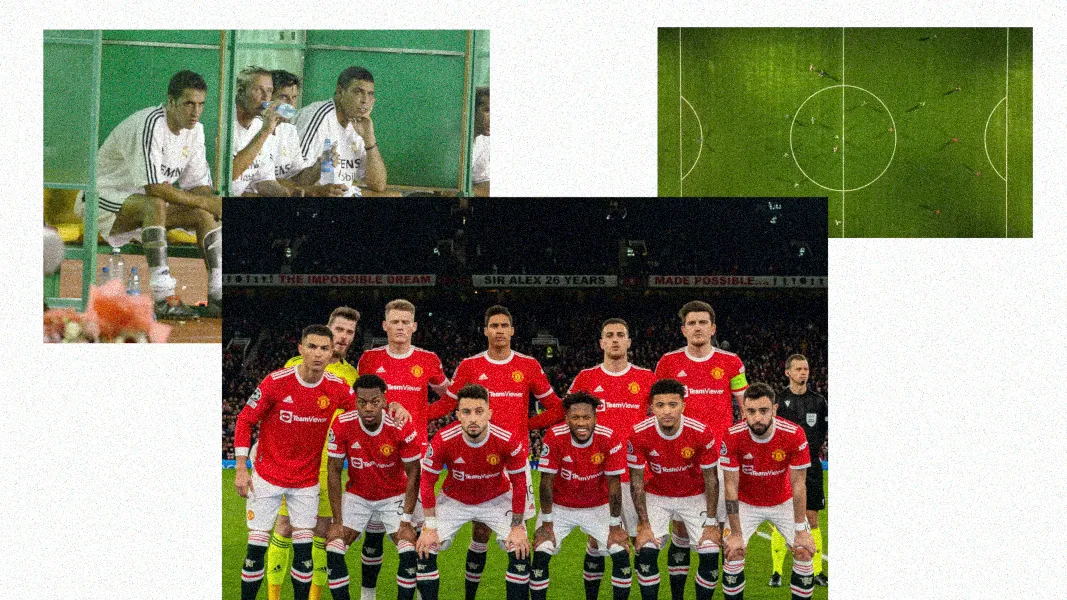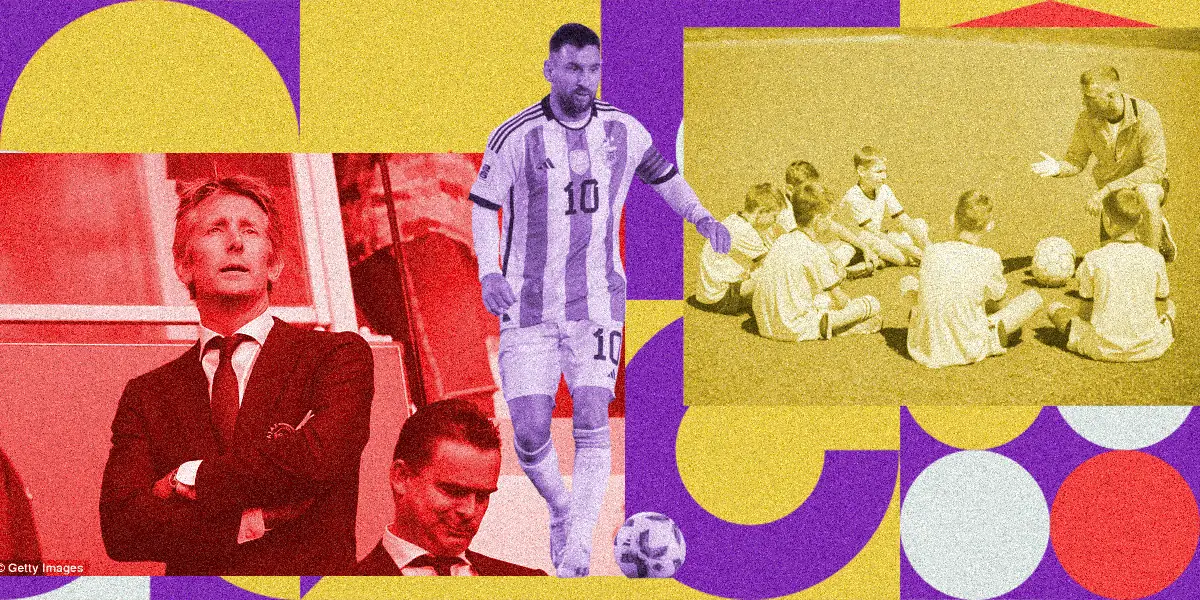Soccer fields are where the magic of the beautiful game unfolds. But have you ever wondered if all soccer fields are the same size? The answer might surprise you. In this article, we’ll dive into the intriguing world of soccer field dimensions. We’ll explore whether soccer fields come in different sizes and uncover the reasons behind these variations.
From the earliest days of the sport to the regulations that govern modern play, let’s embark on a journey to understand the captivating diversity of soccer field sizes.
Historical Evolution of Soccer Fields
Soccer’s history is a patchwork of different field sizes. In the beginning, there were no fixed dimensions – soccer was played on whatever space was available. Fields varied widely, reflecting the local surroundings.
As soccer gained popularity, attempts were made to standardize field sizes. However, this process took time. Different regions had different ideas about what a soccer field should look like. It wasn’t until later that organizations like FIFA stepped in to bring order.
Early soccer fields were often irregular and lacked formal markings. The focus was on the game itself rather than adhering to a strict field layout. Players adapted to whatever field they had, showcasing their skills regardless of the dimensions.
Over time, as the sport evolved, so did the expectations for field sizes. As leagues and competitions started to form, there was a growing need for consistency. This led to discussions and agreements on standardized dimensions, paving the way for a more uniform soccer experience.
FIFA Regulations and Standardization on Football Fields
FIFA, the global soccer governing body, plays a crucial role in setting the rules for field sizes. It ensures that soccer fields have a common structure, promoting fairness and consistency.
FIFA’s regulations outline the specific dimensions a soccer field should have. These rules cover key aspects like the length, width, and markings on the field. By enforcing these standards, FIFA ensures that teams around the world play on fields of similar size.
These regulations aren’t just for professional leagues. They extend to all levels of play, from local matches to international tournaments. This universal approach helps maintain the integrity of the game and ensures a level playing field.
FIFA periodically reviews and updates its field size regulations to adapt to the changing dynamics of the sport. This process involves input from experts, coaches, and players to make informed decisions that benefit the entire soccer community.
Factors Contributing to Different Soccer Fields Sizes
Soccer fields don’t come in a one-size-fits-all package. There’s a range of sizes due to different factors.
Local Traditions and History
Soccer’s roots vary across regions. Some places developed unique field sizes based on their cultural heritage and historical practices.
Available Space and Constraints
The size of the available land often shapes field dimensions. Urban areas might have limited space, leading to smaller fields, while rural areas might enjoy more expansive pitches.
Cultural and Regional Preferences
Different regions prefer different playing styles. Some cultures emphasize close control and short passes, favoring smaller fields. Others focus on speed and long passes, leading to larger fields.
International Differences in Soccer Fields
Soccer fields differ across continents, reflecting unique playing styles and preferences.
- European Soccer Fields: In Europe, fields often lean towards larger dimensions, promoting quick passing and expansive play.
- North American Soccer Fields: North America tends to have slightly smaller fields, encouraging direct and fast-paced gameplay.
- Asian Soccer Fields: Asian fields vary, with some leaning towards European sizes for tactical play, while others opt for smaller dimensions.
- South American Soccer Fields: South American fields often fall in between, allowing for both close control and swift attacks.
- African Soccer Fields: African fields can range widely, reflecting the continent’s diverse soccer culture and styles.
- Oceania Soccer Fields: Oceania generally follows international standards, emphasizing balanced play.
Field Sizes in Top-Tier Leagues
Professional soccer leagues and tournaments worldwide showcase a fascinating array of field sizes, each contributing to distinct playing styles and strategies.
English Premier League

The fields in the English Premier League are often spacious, providing ample room for intricate passing and possession-based tactics. This encourages teams to build up play patiently, using the width of the field to stretch the opposition and create scoring opportunities.
La Liga

La Liga fields, similar to the Premier League, also prioritize skillful play and ball movement. The dimensions allow for fluid passing sequences and encourage teams to maintain possession, often leading to attractive, free-flowing soccer.
Serie A

In Serie A, field sizes can vary, but there’s often an emphasis on tight defensive structures and methodical build-up play. Smaller fields can make it challenging for teams to penetrate deep into the opponent’s territory, leading to more organized defensive strategies.
Bundesliga

The Bundesliga is known for high-scoring matches, largely due to its larger field dimensions. The expansive pitch encourages a fast-paced and attacking style of play, with more space available for players to exploit and create goal-scoring opportunities.
Major League Soccer (MLS)

MLS fields are balanced in size, accommodating a wide range of playing styles due to the league’s cultural diversity. This allows for a mix of strategies, from possession-based play to direct counterattacks, contributing to the league’s dynamic and unpredictable nature.
Brazilian Serie A

The fields in the Brazilian Serie A range from larger to smaller dimensions, reflecting Brazil’s soccer heritage of flair and adaptability. This variability allows teams to showcase their creativity while adapting to different field sizes.
African Premier Leagues

African Premier Leagues feature diverse field sizes, echoing the continent’s rich soccer tapestry. The dimensions reflect the wide range of playing styles found across different African nations, highlighting the continent’s unique soccer culture.
Fields in international tournaments like the FIFA World Cup and other continental championships follow FIFA’s regulations, ensuring consistency and fairness.
How Field Sizes Can Influence the Style of Play
Field dimensions have a direct impact on how soccer matches unfold, influencing gameplay and team strategies.
- Size and Space: Larger fields provide more space for players to maneuver and build up play, leading to fluid passing and creative movements.
- Tactics and Style: Smaller fields encourage quicker passes and more compact defensive formations, favoring a direct and fast-paced style of play.
- Pressing and Defending: Field dimensions affect a team’s ability to press high up the pitch or defend deep in their own half, altering the balance between attacking and defensive strategies.
- Wing Play: Wider fields promote wing play and crossing, while narrower fields may lead to central build-up and short passing.
- Counterattacks: Larger fields facilitate rapid counterattacks with long passes and quick transitions, while smaller fields limit space and require more intricate build-up.
- Set Pieces: Field size influences set-piece strategies, such as the distance of free kicks and the positioning of players during corners and throw-ins.
Sizes of Youth and Amateur Soccer Fields
Youth and amateur soccer fields come in various sizes, catering to different age groups and skill levels.

- Adaptability: These fields often have adjustable dimensions to accommodate young players as they develop their skills.
- Small-Sided Games: Smaller fields are common for young children, promoting close interactions with the ball and fostering basic skills.
- Skill Progression: As players advance, field sizes gradually increase to match their growing abilities and understanding of the game.
- Player Development: Youth and amateur fields focus on skill-building rather than strict adherence to professional standards.
Dimensions of Indoor Soccer Fields
Indoor soccer breaks away from traditional outdoor field dimensions, offering a unique playing experience.

- Compact Spaces: Indoor soccer fields are smaller, creating fast-paced and intense matches.
- Boards and Walls: The presence of walls around the field adds an element of strategy, as players can use them to rebound passes and shots.
- Quick Transitions: The confined space encourages quick transitions between offense and defense, making the game dynamic.
- Technical Skills: Indoor soccer hones technical skills like close control, quick passes, and accurate shooting.
- Adapted Rules: Indoor soccer often has adapted rules to suit the indoor environment, including rules about wall play and ball out of bounds.
Addressing Safety Concerns: Varying Field Sizes
Safety is a top priority when it comes to playing on fields of different sizes, requiring careful consideration and measures.
- Player Collision Risk: Smaller fields can lead to more frequent player collisions due to the limited space, necessitating heightened awareness and cautious play.
- Injury Potential: Larger fields might increase the risk of overexertion and fatigue, potentially leading to injuries.
- Surface Conditions: Varied field sizes can impact the condition of the playing surface, affecting traction and stability, which may contribute to slips and falls.
- Contact with Boundaries: Indoor soccer and smaller fields raise concerns about players colliding with walls or boards, demanding players’ spatial awareness.
- Adapted Training: Coaches must tailor training routines to suit the dimensions, focusing on agility, awareness, and injury prevention.
Economic Factors Driving Field Size Decisions
Economic considerations play a significant role in determining soccer field sizes, impacting both clubs and stadiums.
- Stadium Capacity: Larger fields can accommodate more spectators, potentially increasing ticket sales and revenue.
- Fan Experience: A spacious field enhances the fan experience, providing better views and more room for seating.
- Commercial Opportunities: Bigger fields offer more space for advertising boards and sponsors, generating additional income.
- Maintenance Costs: Smaller fields might have lower maintenance costs, including turf upkeep and irrigation.
- Land Availability: Limited space in urban areas may lead to smaller fields, optimizing land usage and reducing real estate expenses.
- Infrastructure: Field size impacts stadium construction and design costs, influencing budgets and investments.
FAQs
No, Premier League fields can vary in size, depending on the stadium and its dimensions.
Yes, FIFA has established official regulations for soccer field sizes, ensuring consistency across the sport.
Professional soccer fields can vary, but they generally adhere to FIFA’s standardized dimensions, which are similar to many regular fields.
Fulham has one of the smallest pitches in the Premier League, known for its compact dimensions.
MLS fields often meet FIFA’s standards, but there can be slight variations, making some MLS fields smaller or larger.
Yes, NFL fields are typically larger than soccer fields, accommodating the larger teams and different dimensions of American football.
Final Thoughts on Different Sizes of Soccer Fields
In the world of soccer, diversity extends beyond teams and cultures to the very fields they play on. From sprawling stadiums to local parks, varying dimensions shape the game in exciting ways. These differences reflect the sport’s adaptability and its ability to thrive across different landscapes.
Whether it’s the grandeur of professional leagues or the grassroots spirit of youth matches, the varying sizes of soccer fields contribute to the richness and global appeal of the beautiful game.











